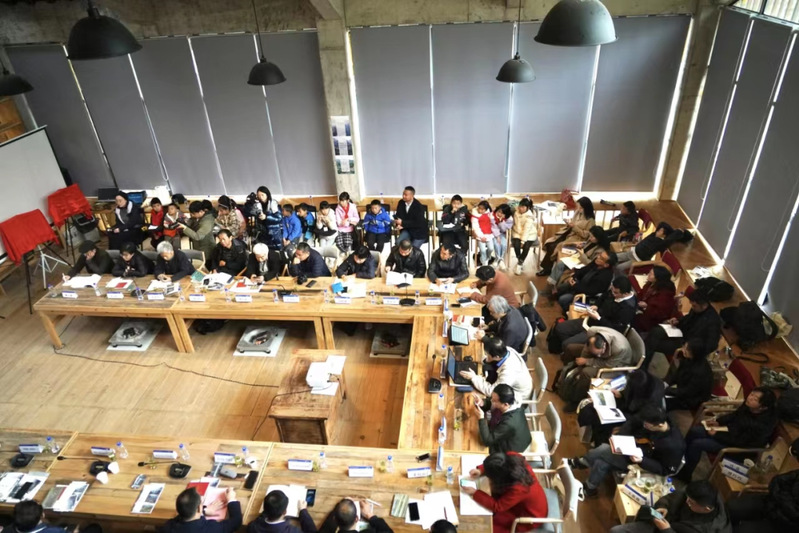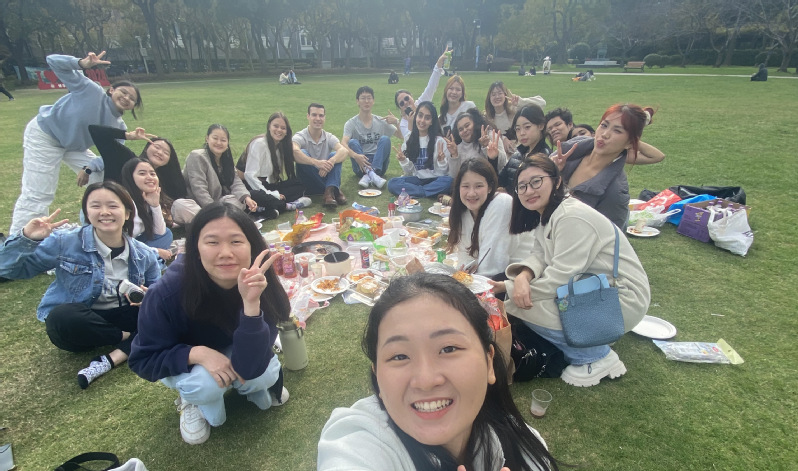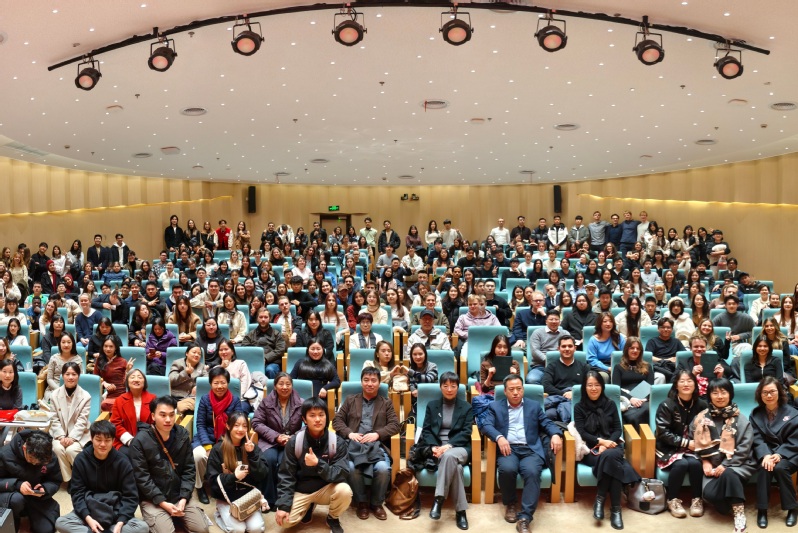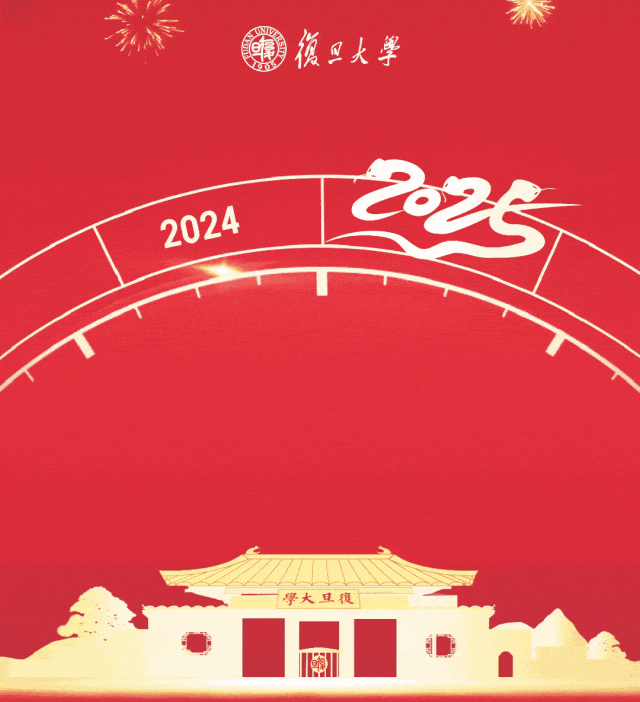
Hosted by Fudan University, the Guizhou Provincial Bureau of Cultural Relics, and the People’s Government of Shiqian County, the symposium titled “Localized Inheritance of Living Heritage” was held in Loushang Village, Shiqian County, Guizhou Province on November 26, gathering nearly 50 experts and scholars around the world.
Director Shahbaz Khan of UNESCO Multisectoral Regional Office for East Asia, Director Zhang Yong from the Guizhou Provincial Bureau of Cultural Relics, and Zeng Yihui, mayor of Shiqian County delivered opening remarks at the opening ceremony. The ceremony was moderated by Du Xiaofan, distinguished professor from the Department of Cultural Heritage and Museology of Fudan University and chairholder of the UNESCO Chair on Living Heritage and Community Development.

This notion of living heritage, with its practical implications and theoretical grounding, mirrors the ethos of China’s cultural heritage initiatives. It offers innovative strategies for preserving rural legacies, bridging the urban-rural divide, and invigorating village life. This international meeting, a sequel to the inauguration of the UNESCO Chair on Living Heritage and Community Development at Fudan University this May, assembled a global panel to explore the multifaceted values, localized practices, and potential growth avenues of living heritage. Aiming to merge heritage research with community development, the symposium fostered a vibrant exchange of ideas and experiences between Chinese and international experts, synthesizing China’s unique approach to living heritage for wider application and recognition.

The two-day event showcased an array of discussions led by 15 experts specializing in cultural heritage, museology, urban planning, sociology, media, tourism, and more. They brought their unique lenses to bear on the essence, real-world applications, challenges, and strategic development of living heritage, sparking rich, thematic dialogues. Zhou Jian, director of the World Heritage Institute of Training and Research for the Asia and the Pacific Region under the auspices of UNESCO, provided a comprehensive wrap-up. A highlight was the interactive “national treasure” presentation by students from Loushang Village Primary School, a testament to the success of Fudan’s ongoing heritage education initiatives within the community.
Prior to this gathering, attendees had immersed themselves in traditional village life in Dali and Dimen Villages, engaging in onsite meetings and discussions around eco-museums and their role in China’s cultural landscape. Esteemed scholars and experts, including Cao Bingwu, Huang Chunyu, Ji Taiping, and Ren Hexin, delved into deep discussions about the fusion of eco-museum practices with China’s rich heritage.

Guizhou, a trailblazer in eco-museum practices and home to a wealth of traditional villages, stands as a hallmark of living heritage in China. Fudan’s longstanding dedication to Guizhou’s heritage has fostered enduring collaborations with the Guizhou Provincial Bureau of Cultural Relics, particularly in the realms of rural heritage and eco-museums. The Dimen and Loushang bases for the UNESCO Chair on Living Heritage and Community Development, along with Fudan’s Rural Heritage Educational Practice Base, were inaugurated during the symposium, which signifies a major stride in this partnership. This symposium has not just been a convergence of minds but also a foundational step in strengthening the collaborative exploration of cultural heritage preservation and inheritance, blending academic insight with local wisdom.
(END)
Presented by Fudan University Media Center
Writer: Chen Shuyang
Editor: Wang Mengqi , Li Yijie
Designer: Huang Ziling




